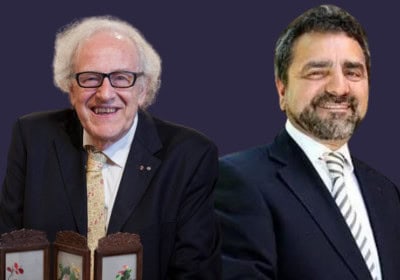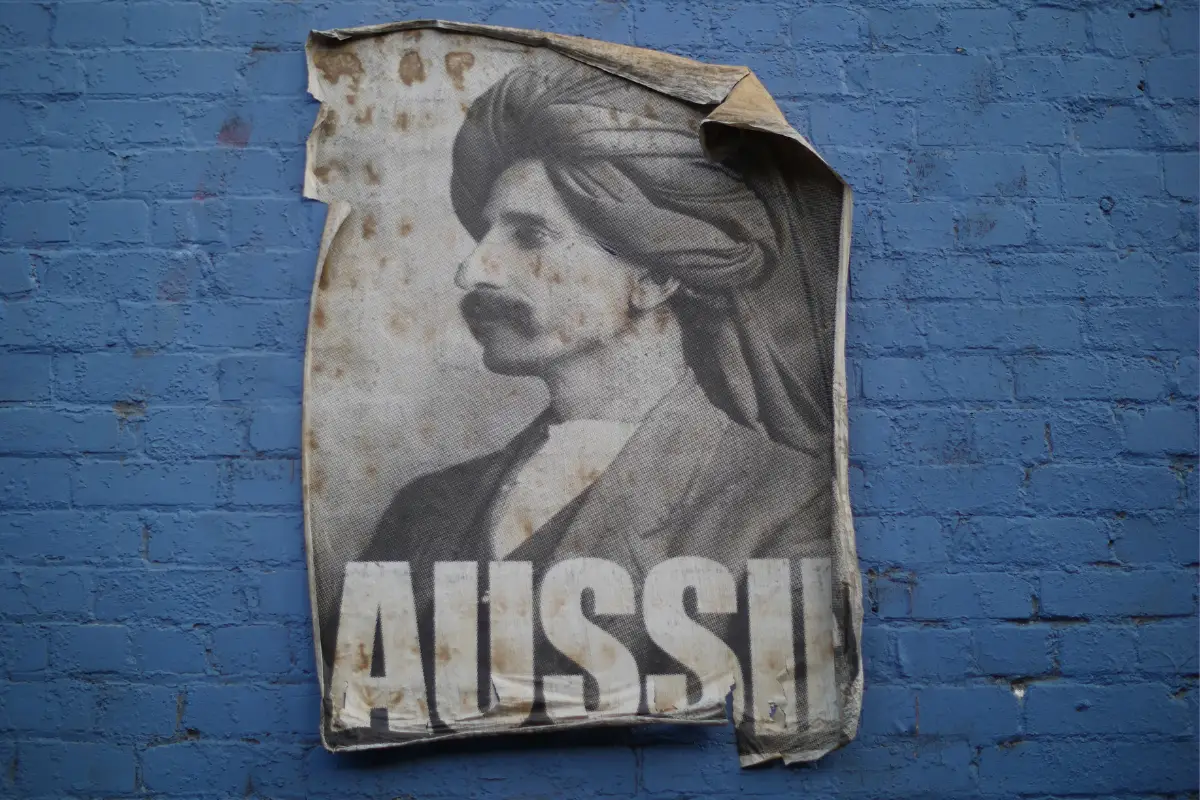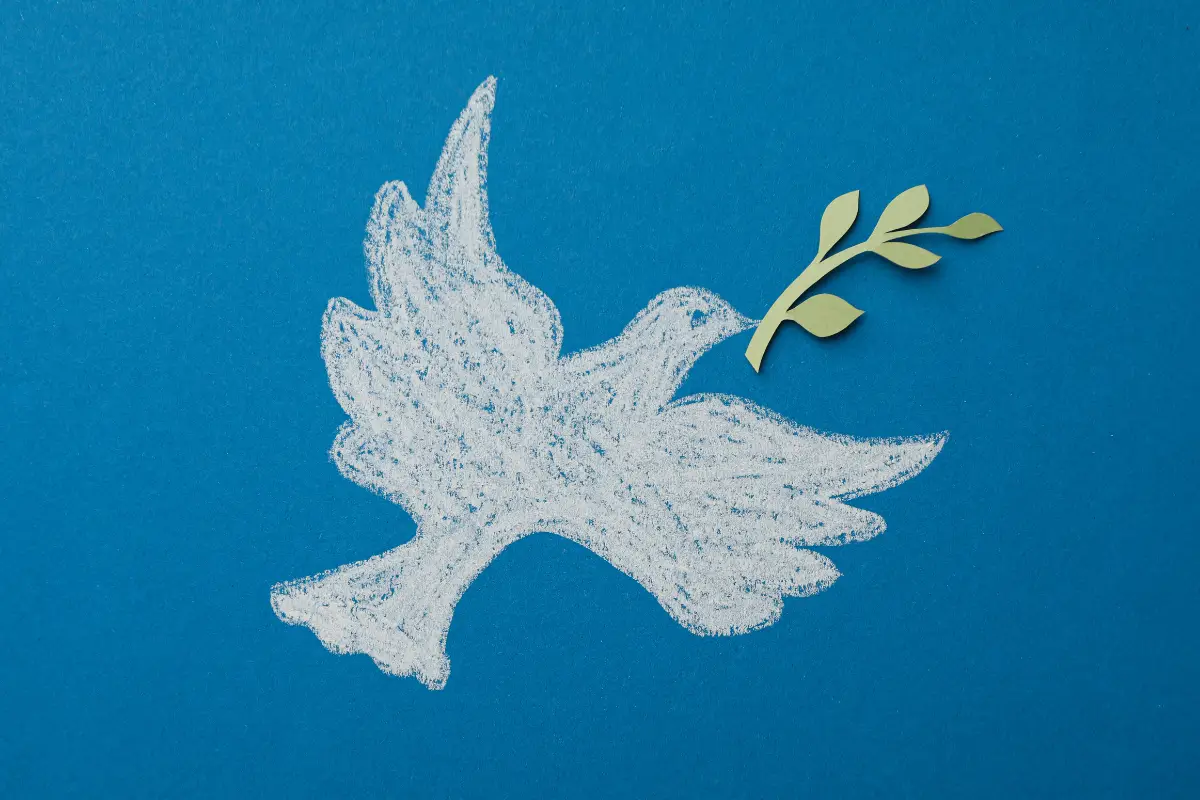
A different kind of storytelling
In the early 1980s, two Australian researchers independently filmed a Guugu Yimidhirr man, Jack Bambi, recounting how his boat capsized in shark-infested waters off the northern Queensland coast.
The first time he told the story at his Hope Vale community, Bambi was facing in one direction. The second time, he happened to be facing in the opposite direction.
Yet on both occasions his storytelling gestures precisely reproduced the cardinal layout of the scene, demonstrating how he landed in the water to the west of the boat, while his companion landed to the east, and the shark swam off northwards.
The two researchers, linguistic anthropologists John Haviland and Stephen Levinson, were struck by the way speakers of the Guugu Yimidhirr language habitually used compass points – rather than, say, left and right – to describe locations and movement.
Their work inspired a major research effort in Australia and internationally, which concluded that different languages shape different thoughts, perceptions, and behaviour.
Beyond a universal grammar
This idea had been popularised by the American linguist Benjamin Lee Whorf earlier in the century, but by the 1980s was considered discredited. Instead, linguists theorised that there was a “universal grammar” which meant everyone processed the world similarly.
But in recent decades, evidence has demonstrated that language does indeed influence many things, including speakers’ conceptions of physical space.
It has long been widely believed that people naturally think about small-scale space in relation to their own bodies. My dog, for instance, is curled up in front of me.
However, it has become clear from the study of Indigenous languages that some cultures use fixed coordinates to visualise, memorise, and talk about space.
A Kayardild speaker, wanting to squeeze over a couple of inches to the right in a car seat, might say: “Become a bit in the north!”
Only a matter of time
Space also affects how people understand other abstract ideas, such as time and even kinship relations.
Linguist Alice Gaby has explored how time is conceptualised by the Kuuk Thaayorre people of Cape York through use of compass points.
Gaby and a colleague asked participants to arrange, in chronological order, sets of pictures depicting changes over time, such as a duck hatching from an egg. They tested each person twice, asking them to face in different directions.
Rather than laying the pictures out from left to right, as would an English speaker, or right to left, as would a Hebrew speaker, the Kuuk Thaayorre consistently set them out from east to west. It was the first documentation of this representation of time.
Since speakers of such languages need to be constantly attuned to cardinal directions, they learn early on to observe physical clues, such as the sun’s position. Along the way, they acquire habits of thought which help to determine the way they see and experience the world.
The Guugu Yimidhirr’s astonishing navigational skills emerged when Haviland and Levinson asked some members of the group to point to known locations while travelling through dense bush. During 120 trials, their error rate deviated from the correct direction by less than four per cent.
Language revitalisation for the future
Research in this field has had far-reaching implications for the study of human thought. Psychologists, sociologists, philosophers and cognitive scientists must now take account of the world’s diverse languages and cultures.
As well as producing insights into alternative world views, the research has enriched understanding of the value of Australia’s at least 250 Indigenous languages (many of them lost or failing to be passed on) and has fostered respect for its ancient cultures.
Noongar musician, composer and researcher, Clint Bracknell points to the vital role language plays in sustaining wellbeing for Indigenous people.
“Factors supporting human connection to the environment such as story, language and song are key to people’s everyday wellbeing. Our future is dependent on Country. Things that most connect us humans to Country – like language … – are crucial to our future.”
As linguist Nicholas Evans says:
“Communicating the true significance of Australia’s Indigenous linguistic heritage remains unfinished business. Deep reconciliation must be based on respect for the continent’s astounding 50,000-year intellectual tradition.”
As archaeological researchers discover evidence of Aboriginal occupation even further back, up to 65,000 years ago, this statement rings more true than ever. Recognising how Aboriginal languages allow the world to be seen from diverse perspectives is a vital part of respecting this unique tradition.



